National Geographic’s Duluth of 1949
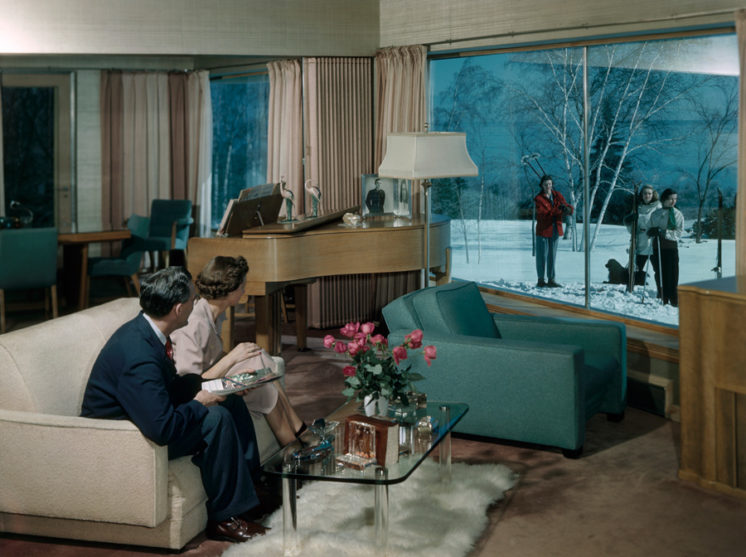
Roy and Edythe Halvorson of Duluth sit in their living room and look out at skiers. Kodachrome photo from National Geographic, September 1949.
National Geographic magazine published a feature story on Minnesota in its September 1949 issue. The article marked Minnesota’s 100th year in legal existence as a territory of the United States.
Duluth, the Iron Range and Superior National Forest were part of the story, titled “Minnesota Makes Ideas Pay,” which features numerous photos by B. Anthony Stewart and Jack E. Fletcher.
The article, by Frederick G. Vosburgh, spans pages 291 to 336 in the magazine. The whole thing can be browsed and read at archive.org, but the highlights are below.
Much of the northeast Minnesota part of the story is about mining, but the sexiest stuff surrounds the cool photos and can be summed up in this single paragraph:
Twenty-six miles long and an average of 2-1/2 miles wide, Duluth is squeezed between rocky bluffs and the waterfront of Lake Superior and the St. Louis River. Its streets climb so steeply from the water that some give up and end in stairs. From its Skyline Parkway Drive at dusk I thrilled at the sight of starry city and harbor with its lofty, busy iron docks and varied industry.
Deep in the Quetico-Superior Wilderness, Canoeists Launch Their Craft on Crooked Lake After Portaging Around Curtain Falls
The Canada-United States boundary splits the cascade. Trail riders of American Forestry Association shove off from the American side, in Superior National Forest.
At a Summer Folk-dance Festival, Dancers Whirl in a Swedish Hambo Beside Lake Superior at Duluth
This Sentinel is Especially Needed Because Iron in Rocks Makes Compasses Erratic
Split Rock Light, on Minnesota’s scenic North Shore Drive, is one of the most visited lighthouses in the United States. Its flashing white light, 178 feet above the water, is visible to Lake Superior sailors 22 miles out.
Eight Black Bass and a Man-sized Muskie Reward Fishermen at Marcell, Itasca County, a Hundred Miles Northwest of Duluth
Mr. and Mrs. Austin T. Graves, of Chicago, caught the bronze fighters while on their annual vacation at Marcell’s Camp Idlewild. Al Terry, local guide, landed the muskellunge on light tackle on Big Fork River. Each year a million people come to Minnesota to swim, fish, hunt, hike, and forget cares beside a silver lake.
Millions of Little Painted Christmas Trees Built This Picture-window Home
Eighteen years ago. Mr. and Mrs. Roy Halvorson of Duluth began painting the tops of stunted spruce trees and selling them at Christmas time. Now Halvorson Trees, Inc., spreads Christmas cheer in homes as far away as the Orient and brings millions of dollars into the State in return for otherwise useless trees.
Mr. Halvorson, a loyal member of the National Geographic Society, makes a hobby of goggle-fishing in the Bahamas with his wife, his daughter (with skis over shoulder), and his son, whose picture is on the piano. Mechanical-minded, he has equipped his ultra-modern home with gadgets that answer the phone when he is away, open garage doors, turn on lights.
Plate-glass windows big enough for a department store overlook Lake Superior.
Booms of Logs to Feed Huge Mills of a Large Paper Company Look Like Giant Lily Pads from the Air
At Dovetail Lake a boom is taken in tow for the long haul to mills on the Rainy River at International Falls, Minnesota, and Fort Francis, Ontario.
Near Aurora, Minnesota, Yawns this Iron Mine in the Middle of a Lake. Such Heroic Measures Show the Open-pit Ore is Running Low
At left a man-made stream connects parts of what was formerly Syracuse Lake. Lake Mining Company’s Embarrass Mine has been producing since 1944.
Dusk on a Minnesota Lake — Limpid Water and the Haunting Call of a Loon
Thousands of vacationists now paddle in the wake of the Indians, explorers, and voyageurs of an earlier day. This twilight idyl of Pike Lake, near Duluth, won a local Eastman Kodak prize for Dr. Frank H. E. Connor, Duluth dentist, who used a self-timing camera and served as his own model.
At Hibbing the World’s Largest Open-pit Iron Mine Engulfs More and More of the Town
Ever-encroaching excavations bite at North Hibbing (upper right), much of which has long since been bought and swallowed up. Doomed houses near the brink are boarded up and deserted. Many have been moved bodily to make way for the steam shovels.
Only from high in the air can the magnitude of the Hull-Rust-Mahoning Mine be fully appreciated. Not even this photograph from 10,000 feet includes it all, though it shows two and a half miles of the mighty maze.
Since stripping started in 1895, more material has been moved here than was originally excavated in building the Panama Canal. Close to half a billion tons of ore have been hauled out on the mine’s 55 miles of railroad track. To get out this ore, three and a half million tons of waste had to be removed.
At its greatest depth, the mighty pit is deeper that the height of the Capitol dome in Washington, D. C. It is three and a quarter miles long, and at one point a mile across.
Open-pit miners area a tremendous asset because in time of war the output cand be greatly expanded simply by putting more shovels to work. The Hibbing mine, on the Mesabi Range, is operated by the Oliver Mining Company, a subsidiary of the United States Steel Corporation.
Like Suckling Puppies, Iron-or Boats Nuzzle Up to the Loading Docks at Duluth
Down from the mines come rust-colored ore trains of the Duluth, Missabe and Iron Range Railway to dump their loads into this dock and its twin, out of picture at left. The two docks’ 768 pockets can hold 268,800 tons. Roaring chutes pour ore into boats so fast they load in half an hour or so. The record is 16-1/2 minutes.
On the Heights Above Duluth, Girls Parry Snowballs with Smiles. Business Buildings and Docks Beyond are Etched Against Icy Lake Superior
Along the crest of these hills runs Duluth’s 40-mile-long Skyline Parkway Drive, overlooking city, lake, and harbor with it’s “diamond lecklace” of lights. Besides shipping vast quantities of iron ore and grain, Duluth produces pig iron, steel, tools, electric refrigerators, Klearfax linen rugs, and many other products.
Young Minnesota Mixes it Up in a “Sand Lot” Hockey Game in Duluth
Cold winters grow a hardy crop of skaters, skiers and hockey players. Many of the country’s leading skaters and puck-chasers come from Minnesota rinks.
In Duluth, a Girl Can Even Join the School Police Force
With hand-held sign a patrol girl stops traffic for her schoolmates. Much winter clothing is made in Minnesota, notably by Munsingwear, Inc., of Minneapolis. Furs are often seen, for fox and mink farms abound.
Recommended Links:
Leave a Comment
Only registered members can post a comment , Login / Register Here


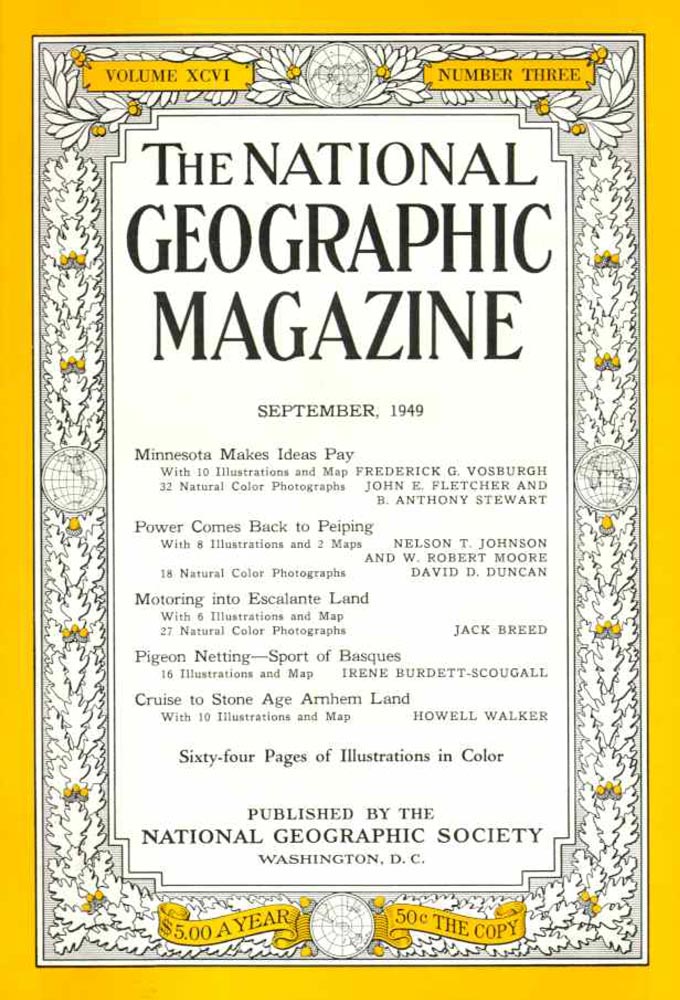
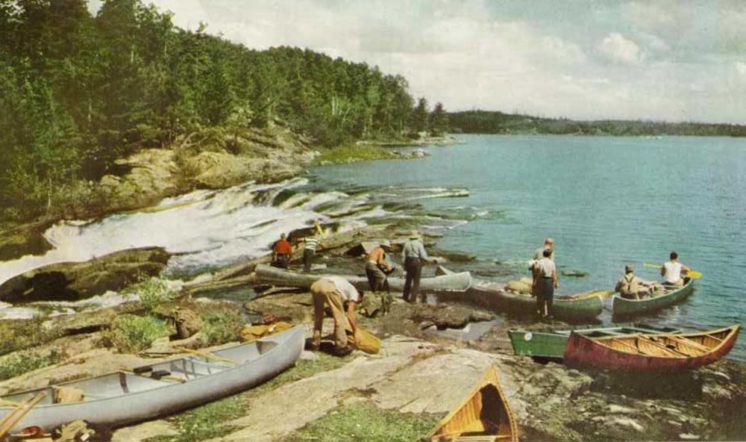
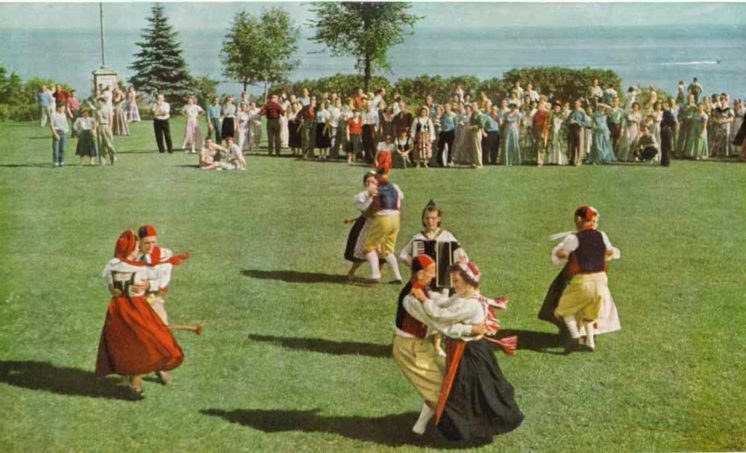
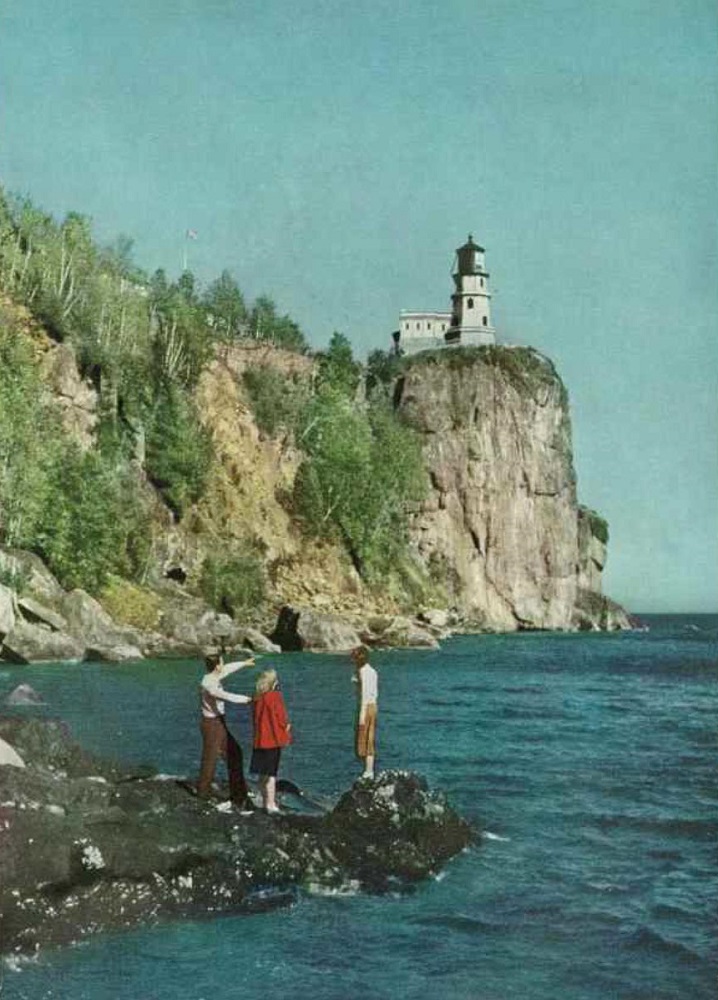
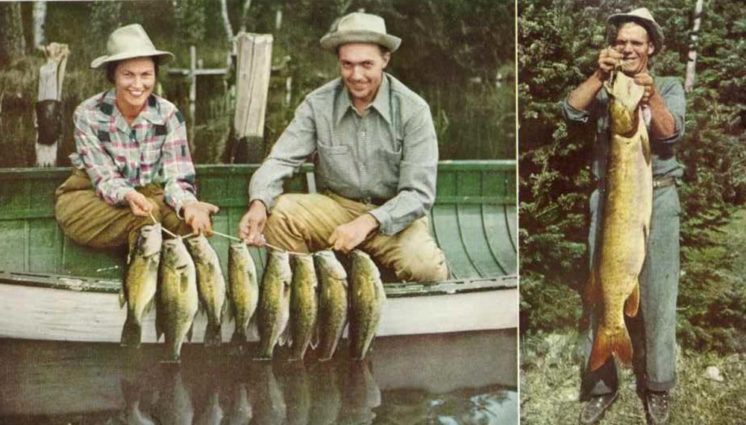
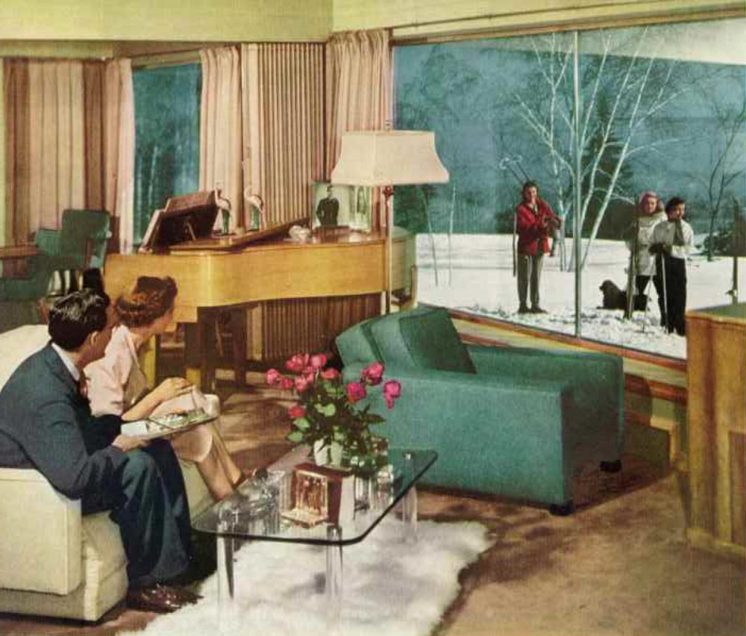
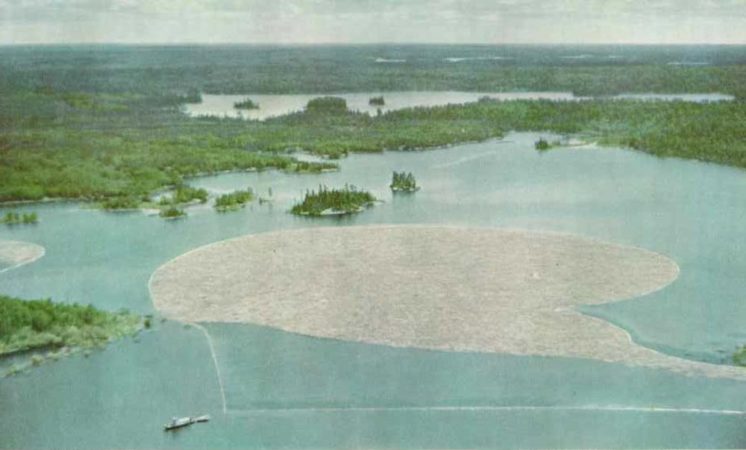
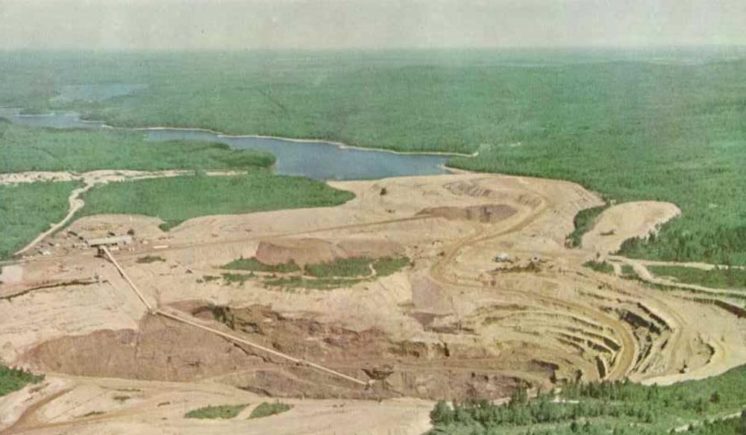

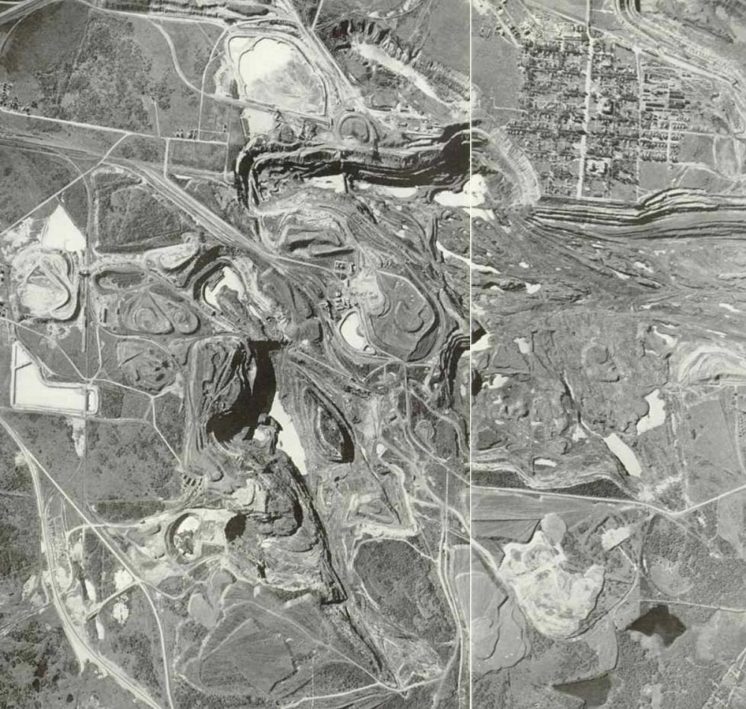
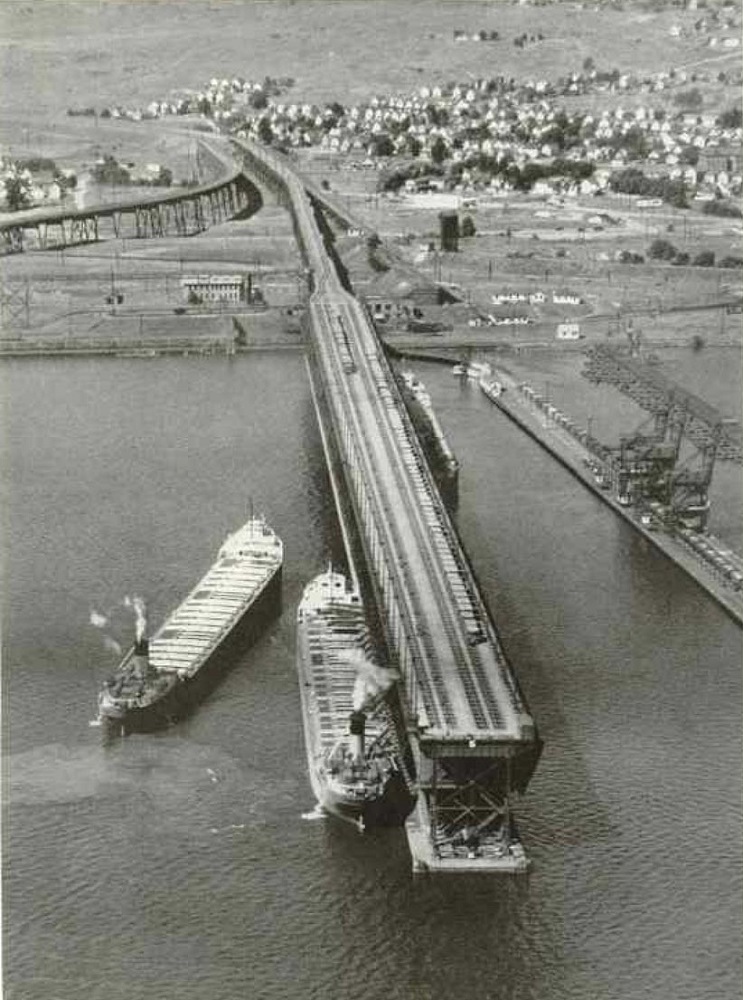

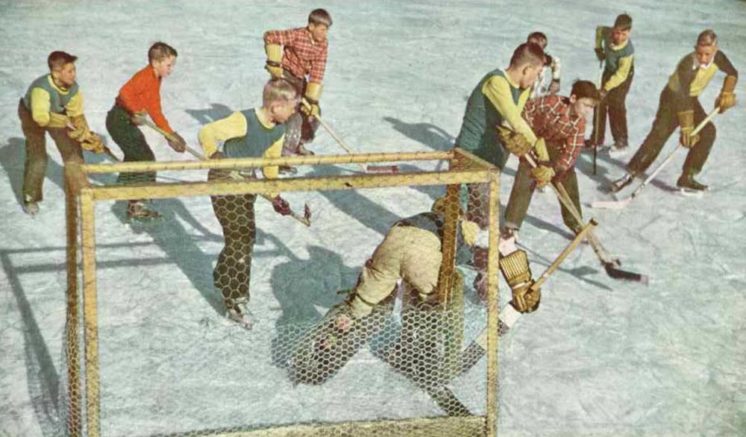
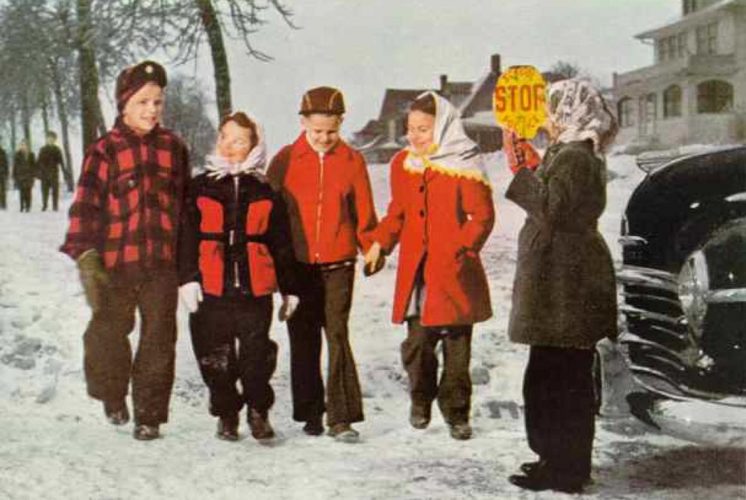



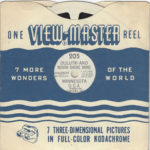








1 Comment
Tony D.
about 5 years ago